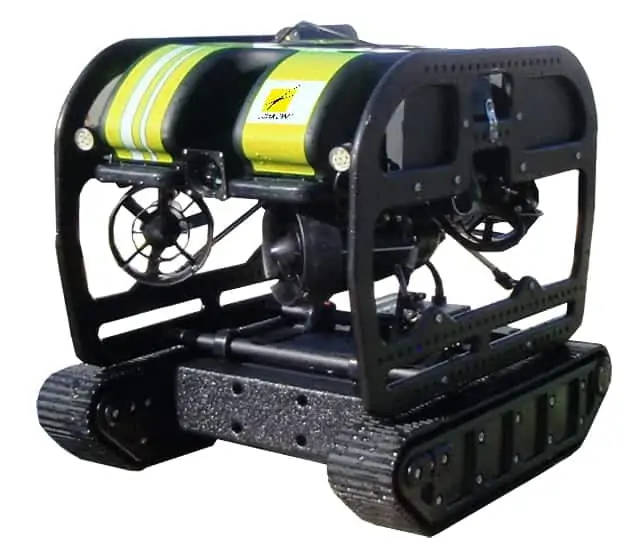Diakont, a provider of services and tooling to the nuclear industry, has announced that it has begun to perform underwater cleaning and decontamination of reactor refueling cavities while flooded, using advanced robotic tooling. Historically, plant operators completed cleaning and decontamination of these surfaces manually during refueling outages. However, this method is a slow and less effective process that can result in excessive personnel dose exposure.
Using highly maneuverable robots that rely on thrusters to swim when navigating to difficult-to-reach locations, Diakont’s robotic cleaning and decontamination services deliver considerably safer and more efficient results that can reduce both personnel dose exposure and critical path schedule duration.
The key functional element of the Diakont cleaning tool is a hybrid crawler-ROV tool, remotely operated by a small team of Diakont field technicians from a control station on the perimeter of the refueling floor. Only a single technician is required at the side of the cavity, to belay the umbilical. The tool transitions during operation between ROV “flying” mode and cleaning “crawler” mode, for maximal deployment flexibility and bridge-free operation.
The cleaning tool attaches and drives along the cavity and component surfaces using a high-force, no-flow vortex generator, even in the presence of RHR or shutdown cooling flow. Detritus is vacuumed away at high flow rates to a submerged filter.
“With our underwater cleaning and decontamination service offerings, we’ve introduced game-changing robotic technology to the way this task has traditionally been handled by plant operators,” says Jacco Goemans, Director of Nuclear Solutions for Diakont. “By eliminating the need to send personnel into the cavity to perform these tasks by hand, Diakont’s service provides a low-risk solution for decontaminating the reactor cavities, resulting in a reduction in personnel dose exposure, and in some cases shortening critical path outage durations.”



















